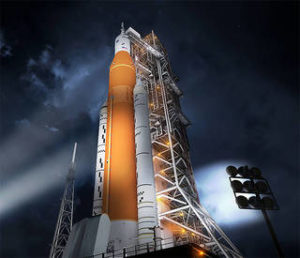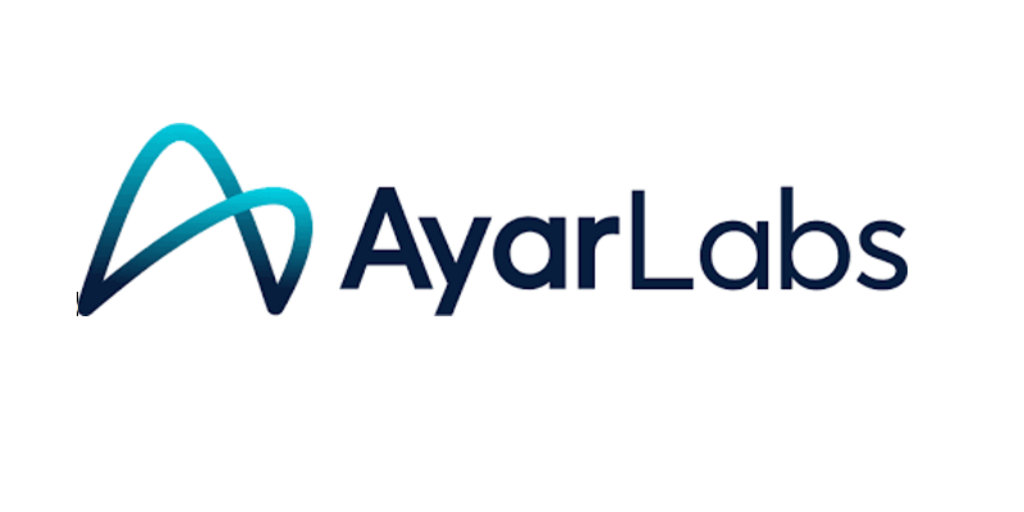
Artist’s concept of the Space Launch System rocket and Orion capsule prepared for launch. Credits: NASA
A new HPE supercomputer at NASA’s Ames Research Center will run modeling and simulation workloads for lunar landings. The 3.69 Petaflop “Aitken” system is a custom-designed supercomputer that will support modeling and simulations of entry, descent, and landing (EDL) for the agency’s missions and Artemis program, a mission to land the next humans on the lunar South Pole region by 2024. Named after astronomer Robert Grant Aitken, the new supercomputer is an initial development of a four-year, multi-phase collaboration between HPE and NASA Ames.
HPE has a longstanding collaboration with NASA Ames, and together, we continue to build innovative HPC technologies to fuel space and science discovery that increase overall efficiency and reduce costs,” said Bill Mannel, vice president and general manager, HPC and AI, at HPE. “We are honored to have designed the new Aitken supercomputer and power capabilities for humanity’s next mission to the moon.”
Aitken is based on the HPE SGI 8600 system, an end-to-end, purpose-built HPC platform that includes special liquid cooling capabilities for optimal energy efficiency. Aitken is located in NASA Ames’ new modular supercomputing facility based on a Modular Data Center (MDC) approach jointly developed with HPE to deliver advanced HPC solutions that drive greater efficiency and significantly reduce electricity and water use.
The new facility, based in Mountain View, California, will combine native Bay Area temperature and evaporative methods to cool the supercomputer, replacing the need for a cooling tower and millions of gallons of water.
Aitken Supercomputer Highlights
HPE designed the NASA Ames’ new supercomputer using the end-to-end, purpose-built HPE SGI 8600 system that integrates compute, software, networking and other IT infrastructure solutions from its robust ecosystem of partners, including:
- 2nd Generation Intel Xeon Scalable processors for advanced compute performance
- Mellanox InfiniBand to enable scalable bandwidth for high-performance networking
- Schneider Electric SmartShelter Containers that enable easy-to-deploy, prefabricated IT infrastructure packaged within a secure, weather proof, fire-rated, data module for remote or special applications
Other features include: - 1,150 nodes, 46,080 cores, and 221 TB of memory
- 3.69 petaflops of theoretical peak performance
- Power Usage Effectiveness (PUE) of 1.03
About the Artemis Program
NASA is committed to landing American astronauts, including the first woman and the next man, on the Moon by 2024. Through the agency’s Artemis lunar exploration program, we will use innovative new technologies and systems to explore more of the Moon than ever before. We will collaborate with our commercial and international partners to establish sustainable missions by 2028. And then we will use what we learn on and around the Moon to take the next giant leap – sending astronauts to Mars.
In this video, William Shatner describes how NASA will send astronauts back to the moon by 2024.




